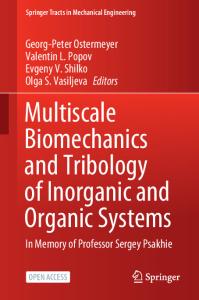Tribological Behavior of A356/Al 2 O 3 Surface Nanocomposite Prepared by Friction Stir Processing
- PDF / 1,267,380 Bytes
- 10 Pages / 593.972 x 792 pts Page_size
- 101 Downloads / 287 Views
DUCTION
A356 is one of the most widely used Al-Si-Mg alloys in the aircraft and automotive industries because it has good castability.[1] However, low wear resistance is the major limitation of this material. A number of attempts have been made to overcome this drawback. As one of the possible routes, incorporation of Al2O3 or SiC particles in this alloy is gradually increasing especially in automotive industry where wear is the dominant process in components such as pistons, cylinder heads, and connecting rods.[2–9] Compared with monolithic materials, aluminum matrix composites (AMCs) yield lower wear rates because of protection of contact surfaces by hard reinforcements. This may result in the application of AMCs as wear-resistant materials in automobile, aircraft and other applications. The degree of improvement of wear resistance depends mainly on the nature of the reinforcement and the manufacturing technique of the composites, which in turn determine the properties and the nature of the interface between the reinforcement and the matrix. The porosity and weak interface adversely affect the wear resistance. With this in mind, a range of methods have been explored in the previous research for fabrication of composites. Recently, much attention has been paid to friction stir processing (FSP) as a new surface modification technique.[10–13] Though FSP has been basically advanced as a grain refinement technique, it can be readily used for fabricating surface composites.
FSP induces intense plastic deformation and mixing of material in the processed zone in which the true strain can be as high as 40.[14] In this way, it is possible to incorporate the ceramic particles into the metallic substrate plate, to form the surface composites. Mishra et al.[14,15] reported the first results on the fabrication of Al-SiCp surface composite via FSP and indicated that SiC particles were well distributed in the Al matrix with good bonding. In Morisada’s[16,17] article, the fabrication of multiwalled carbon-nanotubes-reinforced AZ31 surface composite via FSP was reported. Thus, the hardness and thermal stability of the surface layer were improved. More recently, Dixit et al.[18] successfully produced an Al1100/NiTi composite with improved mechanical properties by FSP. It is important to note that the fabrication of the surface composites is achieved under a solid-state condition. No interfacial reaction occurred between the reinforcing particles and the metallic matrix, and a good interfacial bonding was observed. According to the above cited and other researches,[19,20] surface composites were attempted by changing base materials, reinforced materials, and the processing method. However, limited information exists on their wear behavior. In the current study, an attempt has been made to improve the wear resistance of A356 alloy by dispersion of nanosized Al2O3 particulates onto the surface using FSP technique. II.
EXPERIMENTAL PROCEDURE
A. Materials Y. MAZAHERI, Ph.D. Student, F. KARIMZADEH, Associate Professor, and M.H. ENAYATI, Pr
Data Loading...











